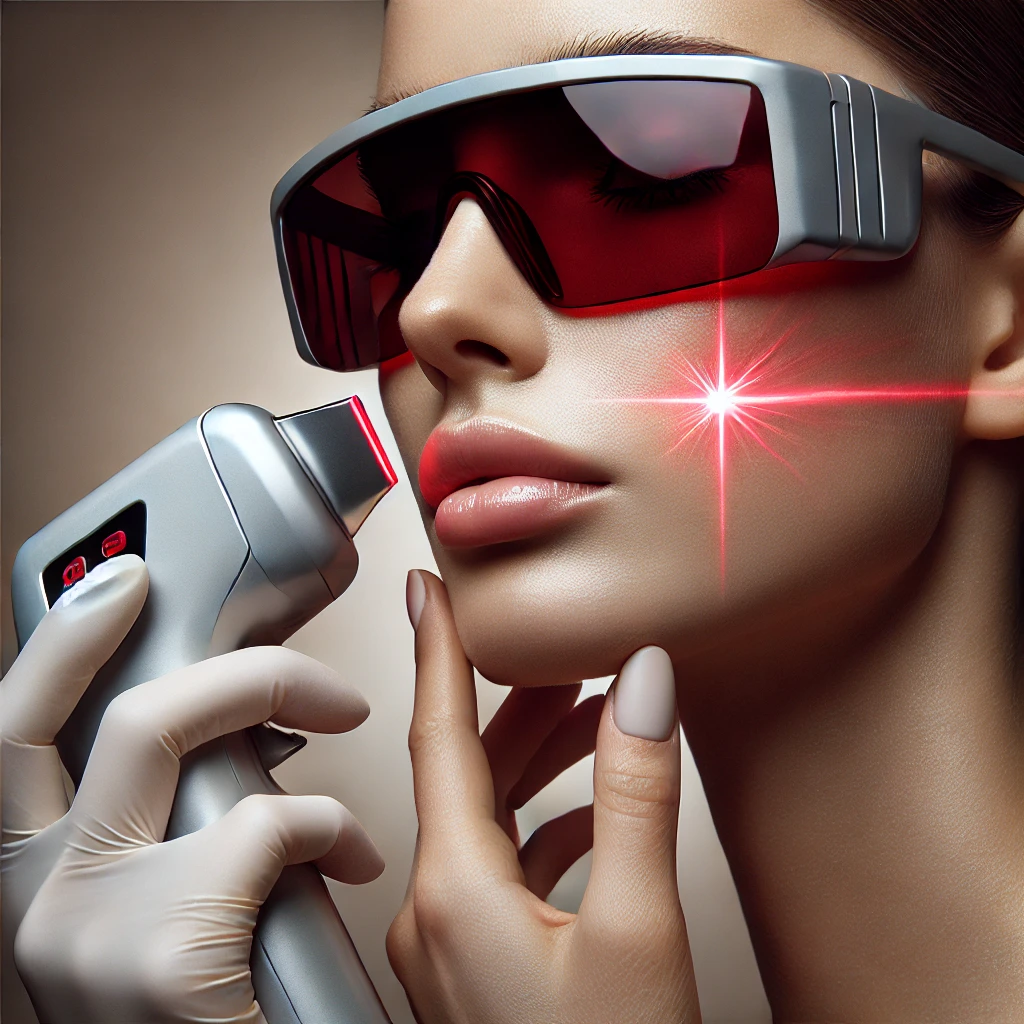Fractional CO2 laser treatments are among the most powerful and effective options for skin resurfacing. They can address a wide range of skin concerns, including deep wrinkles, acne scars, uneven texture, and pigmentation issues. However, as with any powerful treatment, there’s a tradeoff to consider: the aggressiveness of the procedure versus the results achieved. Understanding this balance is crucial for making an informed decision about how intense you want your treatment to be.
What is Fractional CO2 Laser Treatment?
Fractional CO2 laser treatment involves the use of a laser to create tiny, controlled wounds in the skin. These micro-injuries stimulate the body’s natural healing process, promoting the production of new collagen and elastin. This leads to smoother, tighter, and more even-toned skin. The treatment is “fractional” because it targets only a fraction of the skin’s surface at a time, leaving surrounding tissue intact, which speeds up the healing process.
The Aggressiveness Spectrum: Mild vs. Intense Treatments
Fractional CO2 laser treatments can be customized in terms of intensity. The aggressiveness of a treatment depends on several factors, including the depth of penetration, the density of the laser beams, and the energy level used.
Mild Treatments
Surface-Level Resurfacing: A mild treatment typically involves shallower penetration and lower energy levels, focusing more on the skin’s surface. This is ideal for addressing fine lines, mild sun damage, and superficial pigmentation issues.
Shorter Downtime: Because the treatment is less aggressive, the downtime is minimal—usually a few days of redness and mild peeling. Many patients can return to their normal activities within a week.
Gradual Improvement: Results from mild treatments are more subtle and develop gradually over time. Multiple sessions may be needed to achieve the desired outcome.
Intense Treatments
Deeper Resurfacing: An aggressive treatment penetrates deeper into the skin, making it more effective for addressing severe wrinkles, deep acne scars, and significant texture issues. It also stimulates more collagen production, leading to more dramatic results.
Longer Downtime: The increased intensity means longer downtime. Patients can expect more significant redness, swelling, and peeling that can last up to two weeks or more. The skin may take a month or longer to fully heal and reveal the final results.
Fewer Sessions Needed: Because intense treatments deliver more powerful results, one treatment is typically sufficient to achieve significant improvement.
Balancing Aggressiveness and Desired Results
When deciding how aggressive your fractional CO2 laser treatment should be, several factors come into play:
- Skin Concerns and Goals
Mild Concerns: If you’re looking to address minor issues like fine lines or light pigmentation, a less aggressive treatment might be sufficient. This approach allows for a quicker recovery while still delivering noticeable improvements.
Severe Issues: For deeper wrinkles, extensive scarring, or more pronounced skin damage, a more aggressive treatment is likely necessary. - Tolerance for Downtime
Busy Lifestyle: If you have a busy schedule or cannot afford to take time off for recovery, a milder treatment with less downtime might be more suitable.
Willingness to Pause: If you’re able to take time off and are willing to endure a longer recovery period for more dramatic results, a more aggressive treatment could be the better choice. - Skin Tone and Safety
When considering the safety of fractional CO2 laser treatments, skin tone plays a significant role. For individuals with lighter skin, the risk of complications such as hyperpigmentation or hypopigmentation is generally lower, making the treatment safer and more predictable. However, for those with darker skin tones, there is an increased risk of post-inflammatory hyperpigmentation (PIH) or even hypopigmentation, where the treated area becomes darker or lighter than the surrounding skin. This occurs because the laser’s heat can stimulate excess melanin production or damage melanocytes in darker skin. Therefore, it’s crucial for individuals with darker skin to undergo fractional CO2 laser treatments under the care of a highly experienced practitioner who can adjust the laser settings appropriately to minimize these risks and ensure a safe, effective outcome. In darker-skinned individuals, the laser settings are usually adjusted to lower levels.
Conclusion
Fractional CO2 laser treatments offer incredible flexibility, allowing patients to choose between mild and aggressive options based on their individual needs and lifestyle. The key is to find the right balance between the level of aggressiveness and the results you desire. Consulting with an experienced practitioner is essential, as they can help tailor the treatment plan to your specific goals, skin type, and tolerance for downtime.
Ultimately, whether you opt for a mild or intense treatment, the outcome will be a more youthful, radiant complexion that reflects the power of advanced skin resurfacing technology.
